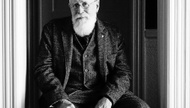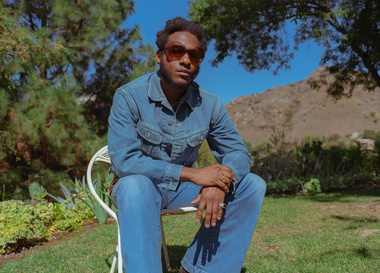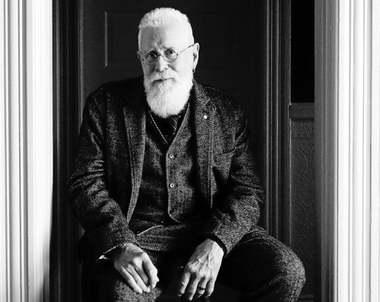Was the reception the last time you played Las Vegas [February 2007 at the Aladdin, with Kanye West and Gnarls Barkley, a performance recorded for broadcast in China] the lamest you’ve ever received?
Yeah, that show sucked for me. It was in the early days of the whole Girl Talk thing taking off, and it’s always awkward when I open for bands. But simultaneously, it was mildly nostalgic for me. It felt like the old days of actually challenging people and getting in their faces. I don’t think it was necessarily the Vegas crowd; I think it was that particular show—an expensive ticket, and they put me on at, like, 6 p.m., so the doors opened and it was time for me to do my thing. And on top of all that, I thought the crowd was very stiff even for the big acts, which made me feel a little better about the train wreck that was my set.
More
- From the Calendar
- Girl Talk at House of Blues
- with Dan Deacon and Wallpaper
- December 29, 8 p.m.
- $17-$20
- From the Archives
- CD Review: Talk to the Animals
- Beyond the Weekly
- Girl Talk
In layman’s terms, besides the physicality you bring to the stage, what sorts of things are you doing up there when you’re performing?
It’s all live sample triggering. In eight years of doing this I’ve never played an unaltered song—it’s never like I transition into the new Justin Timberlake and let that play for a minute. When you hear a drumbeat, that could be four loops; it could be a kick drum, a snare, a hand clap and a high-hat rhythm. Those are going in front of me, and with the computer I can mute and un-mute those in real time. So if I’m playing a beat and people are kinda getting into it, I can take out the kick drum and double up on the hand claps or whatever. And when you hear, for instance, Elton John’s “Tiny Dancer,” and it goes from the piano part to a piano-and-bass part to a chorus part, those would be three different loops. It’s me triggering the next loop and muting another loop. So if I take a step away from the computer, the same thing’s gonna play forever; it’s not gonna progress at all. It’s a real-time sound collage.
What’s your basic process in terms of figuring out what music mashes well together?
It’s very trial and error; it’s rarely intuitive. Things jump out at me as something that could potentially be used, but rarely do I hear something and say, “That would go good with this.” I was just listening to the radio today, and I heard this older Isley Brothers song—the opening had a very nice horn rhythm, and it started out with this drum loop—so I’ll track that down and isolate those segments; I’ll take the drums and maybe cut ’em up a little bit … I do many variations with the same loop. And then I save that and catalog it. And then, in preparing for live shows, I’ll go through the bank of samples I’ve created and try out different combinations of material. It constantly evolves. –Spencer Patterson
With Dan Deacon, Wallpaper. December 29, 8 p.m., $17-$20. House of Blues, 632-7600.








Previous Discussion: